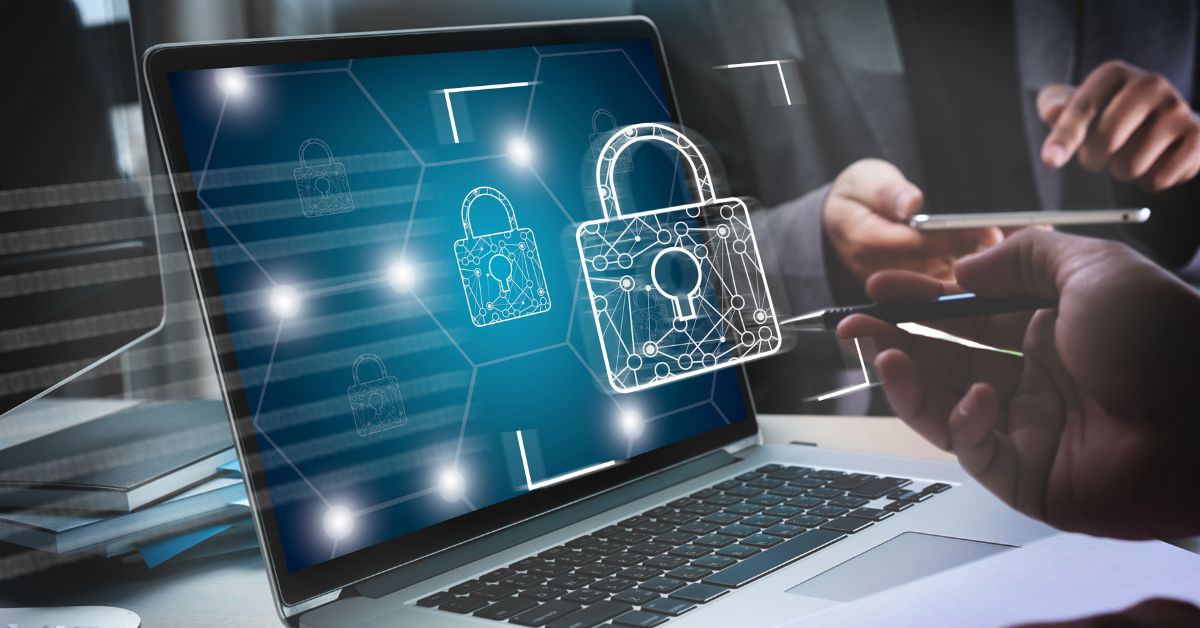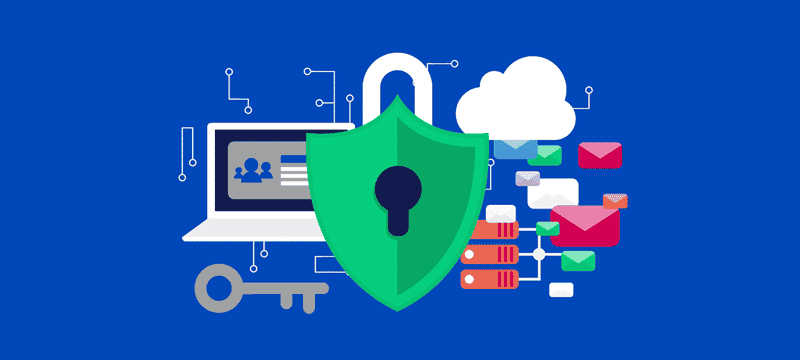5 Fixes for Technology Security Issues You’re About to Face. Today, almost all digital content is accessible online. The number of people with access to the Internet has continued to expand at an unprecedented pace in recent years, with many more individuals and institutions ditching traditional ways of connecting with others and adopting new online habits. As a result, the cyber security landscape is changing rapidly. This can be a positive development or a negative one depending on your point of view.
For example, it may be safer than ever before, but also more challenging because digital security threats are constantly evolving and expanding their reach. Even within industries such as technology, there are constant attempts by cybercriminals to stay one step ahead of industry-standard security measures. So what do you need to do if you discover malware on your computer or device? Do not panic! It’s actually quite simple and takes only a few minutes to resolve any potential security issues that may arise from now onwards.
Define Your Target Audience and Cursors
When it comes to security, there are two main audiences you need to define: the people who own your computer and the people who use your computer. The former group of people is usually the ones who make use of your computer to access the Internet, while the latter group is usually the people who own the computer. You might think of these groups as being in two separate rooms, with only an employee of the company in the middle who happens to be using your computer. However, this is not the case in reality.
Newcomers to the computer scene are often unaware of this fact, but employees are frequently using the computer in the middle. Hence, the distinction between the two groups is more like a wall than a physical barrier. If someone is able to break into the room without being detected, they will also be able to access the computer in the middle, no matter who is in the other room.
Implement and Maintain a Secure Infrastructure
The first step towards securing your computer is to stop people from accessing it non-securely. This is usually achieved by implementing a secure management system. The security of computers depends on two things: the security of the hardware (e.g. the computer’s operating system) and the security of the software that runs on the computer (e.g. the programs you run). It is important to keep both of these elements secure as they work together to allow computers to be used as intended.
Hence, when people use a computer, it should be treated as if it were a highly sensitive piece of equipment. This means that people should refrain from doing anything that would jeopardize the security of the computer. If you have to do some task that requires using the computer, such as sending emails or surfing the Internet, you should always make sure that you are authenticated and logged in as the rightful owner of the computer.
Help Keep Your Users Secure
The best way to help keep your users secure is to keep them away from danger. It is therefore paramount that you proactively look out for potential security threats. This may seem like an odd thing to do, but in reality, it is a crucial part of any computer security strategy. The earlier you spot problems, the easier it will be to fix them. For example, if someone is sending viruses or malware through your computer, you must check every single email that contains a link to your computer. If you find any problems, either in the sharing features of emails or with the emails themselves, then you can take the necessary steps to resolve them.
Proactive Security Measures
When it comes to proactive security measures, there are actually a number of different solutions. One common approach is to use antivirus software. However, most antivirus programs are only as effective as the level of infection they prevent. In the event that an infection occurs, the malware can then move on to other machines in the network. Another approach to proactive security is to use an intrusion detection system. Such systems are usually connected to your Internet service provider and monitor traffic passing through your network. If an intrusion is detected, a report is sent to the authorities. In either case, the first step towards protecting your computer is to identify where the potential threat is located.
Security Updates and Detection
As mentioned above, one of the best ways to protect your computer is to use an integrated security solution. This solution will monitor the condition of your hardware and software components and send alerts if there is a problem. You can also use a program such as built-in antivirus or a tool like Adobe’s Security Checker to check for issues on your computer. However, certain problems are more difficult to detect without special tools. For example, if someone hacks into your computer and gains access to your sensitive data, you will probably never know.
In this case, you need to use an Asymmetric Key Encryption (AKE) solution. AKE uses public key cryptography, which means there is no way to tell who hacked into your computer and what they did. Therefore, even if AKE is installed on your computer, you will still be in the dark as to who is behind the attack.
Conclusion
As the number of users increases, so does the threat from cyber security breaches. Fortunately, it is simple to protect yourself against these threats. The best way to protect your computer is to keep it away from temptation. Don’t click on links in emails that you’re not supposed to. Follow the same rule of thumb when it comes to social media and other websites that you visit. And finally, don’t stay connected when you’re not supposed to be connected. These simple measures will help you stay safe online.
The good news is that cyber security threats are constantly evolving and expanding their reach. Plus, there are always new technologies and methodologies being developed to combat them. Thus, the above solutions will likely become useless or even dangerous to use over time. Hence, it is crucial to stay on top of your cyber security threats and implement the most recent solutions as soon as they become available.
Article Code: BD329HPK




